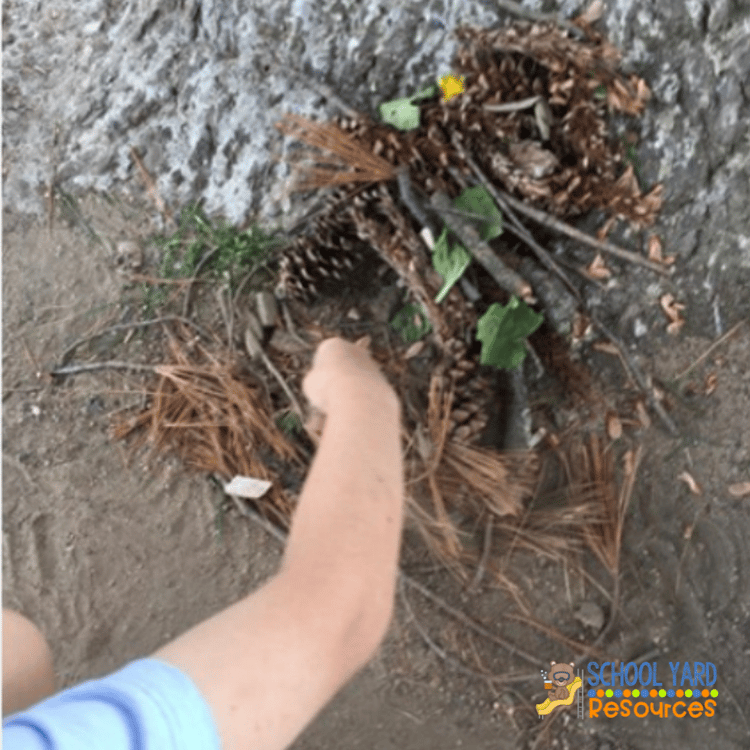As educators, we constantly strive to find innovative ways to engage our students in hands-on learning experiences. One exciting approach is to incorporate the enchantment of fairy gardens into our science curriculum. By combining the wonders of nature with the principles of STEM (Science, Technology, Engineering, and Mathematics), we can create a captivating and educational journey for our students. In this blog post, we will explore the concept of STEM fairy gardens, provide easy steps for teachers to implement this idea, and highlight the science lessons that can be seamlessly integrated into this outdoor learning experience.

Step 1: Selecting the Perfect Outdoor Location
To kickstart your STEM fairy garden project, begin by identifying an appropriate outdoor space. Look for an area that receives ample sunlight, has access to natural materials, and provides a safe environment for exploration. This could be a school garden, a nearby park, or even the school playground. My first attempt to create fairy gardens occurred in the heart of the city!
Step 2: Collecting Natural Materials
Next, encourage your students to embark on an exciting nature scavenger hunt to gather materials for their fairy gardens. Encourage them to collect leaves, twigs, flowers, rocks, pinecones, and any other natural objects they find intriguing. This step not only promotes observation skills but also introduces students to the concept of biodiversity and the importance of preserving the environment. It really is easier than you think. However, you can always collect a bag off nature goodies to help them add some fun fairy features!

Step 3: Designing and Building Fairy Gardens
Now comes the fun part! Assign each student or small group the task of designing and constructing their own unique fairy garden or home for a fairy using the natural materials they have collected. Encourage creativity and problem-solving as they figure out how to arrange the materials and build structures such as miniature houses, bridges, and pathways. This step fosters critical thinking, spatial awareness, and engineering skills.
Step 4: Integrating Science Lessons
STEM fairy gardens offer an incredible opportunity to seamlessly integrate science lessons into the project. Here are a few science topics that can be explored while working on fairy gardens:
Plant Life Cycle: Discuss the life cycle of plants as students incorporate living plants into their gardens. Explore concepts such as seed germination, growth, pollination, and reproduction.
Ecosystems: Teach students about the interconnectedness of living organisms by discussing how their fairy gardens create miniature ecosystems. Help them understand the roles of plants, animals, and decomposers in maintaining a healthy ecosystem.
Soil Science: Investigate the properties of soil by examining the type of soil present in the garden area. Discuss the components of soil, such as sand, silt, clay, and organic matter, and their impact on plant growth.
Weather and Seasons: Observe the impact of weather and seasons on the fairy garden. Encourage students to record changes in plant growth, soil moisture, and the presence of insects as the seasons progress.
Insect Life Cycles: Study the life cycles of insects found in the garden, such as butterflies or ladybugs. Incorporate lessons on metamorphosis and explore the importance of insects in pollination and pest control.

STEM fairy gardens provide an engaging and hands-on way to connect students with nature while exploring scientific concepts. This isn't always easy to do when you takes kids outside to teach. By incorporating natural materials found outdoors, students engage in hands-on learning, creativity, and critical thinking.
As they design and build their fairy gardens, they simultaneously delve into various science lessons, fostering a deeper understanding of the natural world. So, gather your materials, venture outdoors, and embark on this magical journey of STEM learning with your students. Watch as their curiosity blooms and their love for science takes flight in their very own STEM fairy gardens.
Need help? Grab this free resource to inspire you to take your students outside!


